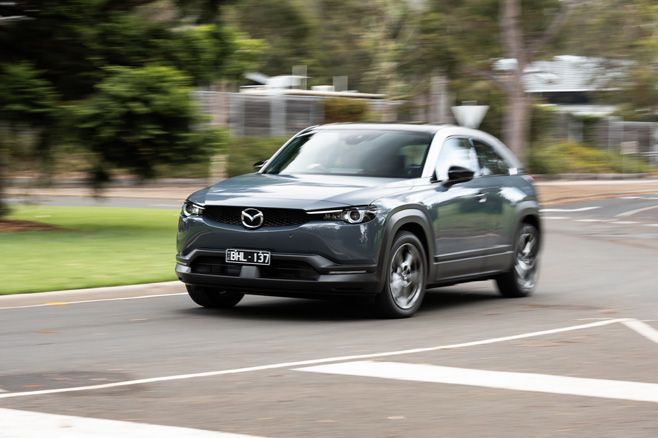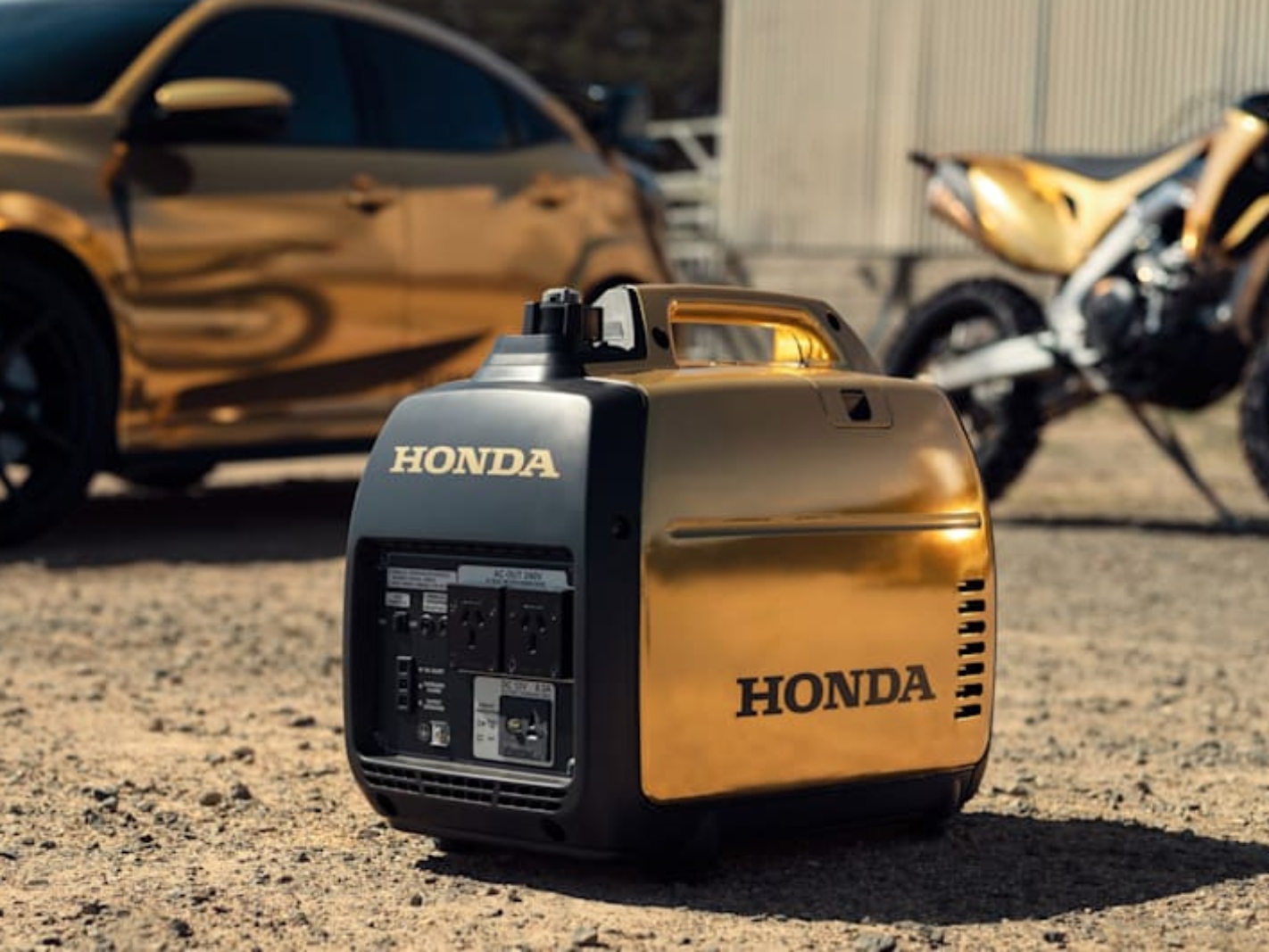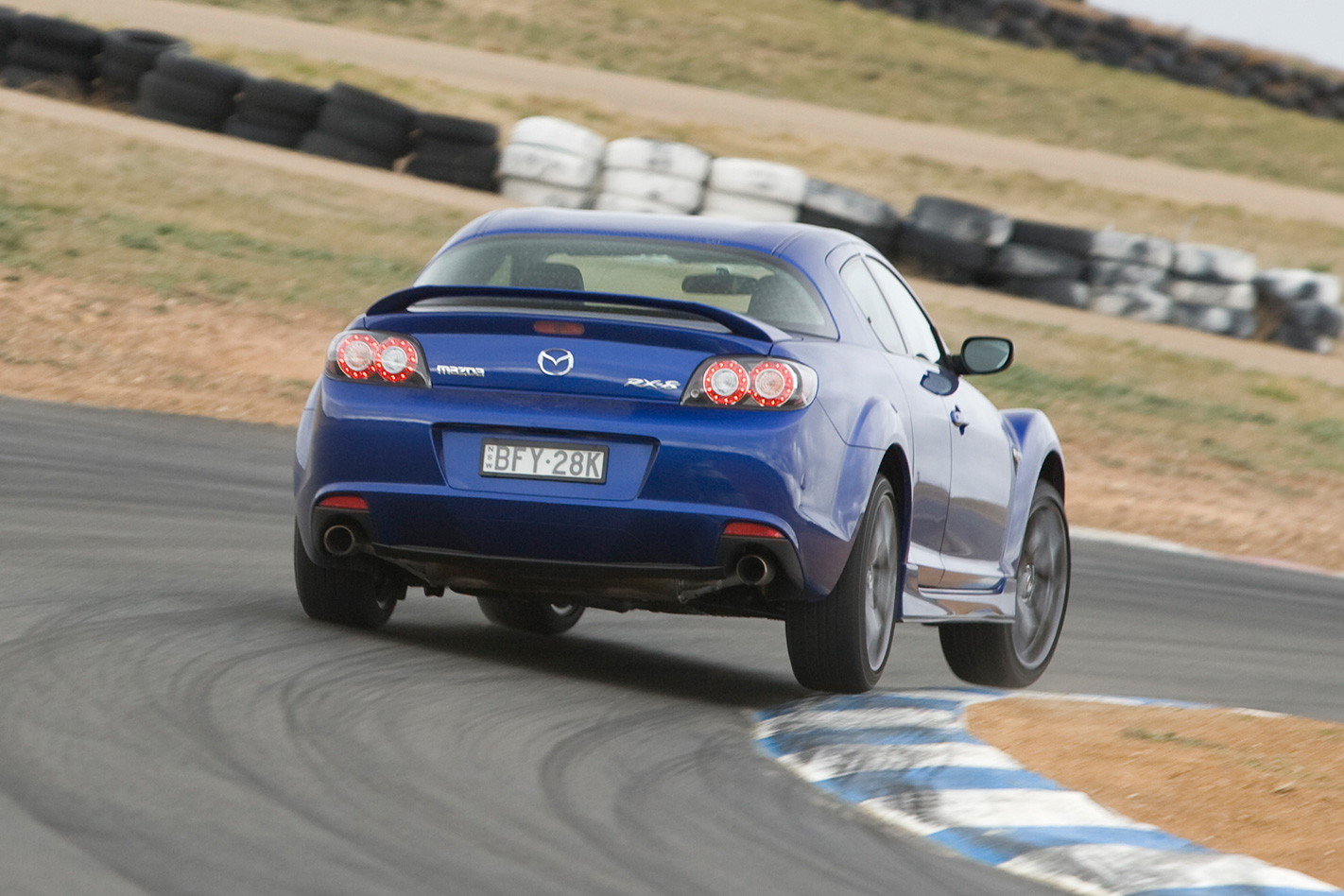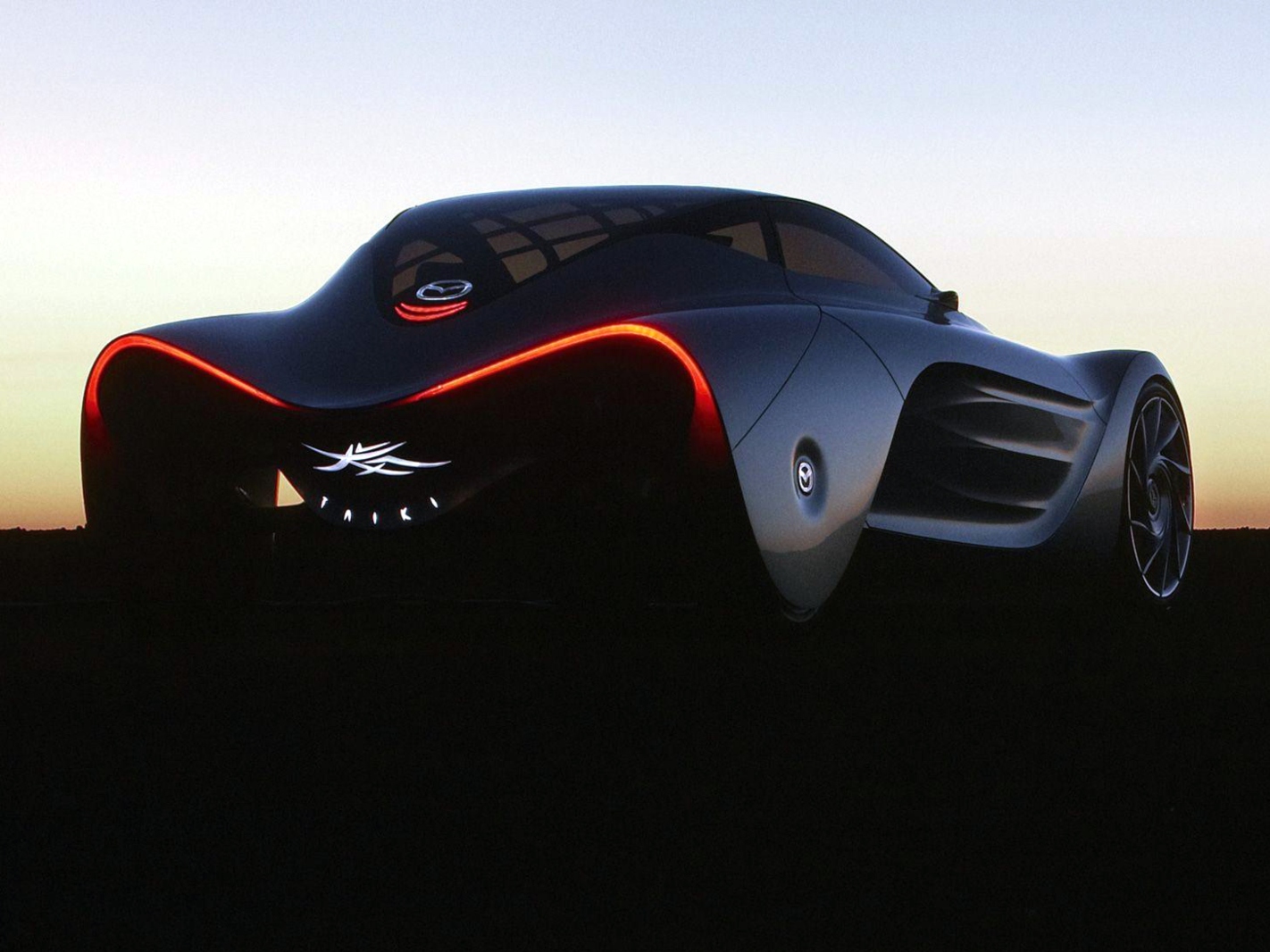Mazda is weighing up the possibilities for its freshly resurrected rotary engine and considering a diverse range of alternative applications, including vehicles and equipment beyond the automotive sphere.
The Japanese car maker has confirmed that, after an eight-year hiatus, the iconic and much-loved rotary will be reborn into the new MX-30 coupe SUV as an electric vehicle (EV) range extender, but given the astronomical cost of developing a new engine from scratch, it makes sense to explore multiple auto applications.
However, the MX-30’s team leader has revealed that not only is the company lining up more cars to receive rotary power, but it’s also thinking outside the car-shaped box to find other uses.

Speaking to Wheels, MX-30 program manager Tomiko Takeuchi said creating the company’s first range-extended EV had highlighted the advantages of Mazda’s newest engine.
“Developing EVs using the rotary engine as the power generator and also offering a plug-in electric vehicle (PEV) like the MX-30 this time, we can think of different ways of applying the rotary engine and we are going to study what we can do in the future,” she said.
While more Mazda cars and SUVs running on rotary power may not be the most surprising progression for the engine, Takeuchi revealed more evolutionary applications were on the table including those not necessarily representative of ‘land transport’.

“I think there are many things that can be done … not just limited to land transportation. But as an automotive company we are looking at the products using that technology [while] at the same time we would like to offer some other values than just the transportation functional values.”
Quite what those tantalising uses might be will remain a mystery for now, but may materialise in a wide range of vehicles or machinery in the years to come. According to Takeuchi, mobile generators are a prime example of what other applications Mazda is considering.
“That kind of direction is definitely something we would like to look into,” she said.

Uses and applications that transcend the road transport realm are numerous. In its past, Mazda has produced motorcycles, tractors and even a rotary powered bus – so given Takeuchi’s lifelong love of aeroplanes, could the company be contemplating taking to the skies?
Rival Japanese brand Honda has already made the leap to aviation with its Hondajet, and the iconic 13B Mazda rotary engine has previously been used in both small volume helicopter and fixed-wing models. An airborne version of the new rotary therefore might not be pie in the sky.
Importantly, the new rotary engine will be scalable and offer a broad tuning scope. That means the engines that follow the more conservative MX-30 range extender needn’t bear much similarity. For example, the rotary designed to drive a generator in the MX-30 is effectively a ‘stationary’ engine – one designed to run at one engine speed for maximum efficiency.

Other models and variants however, could be directly connected into the transmission and tuned to deliver power more like a conventional engine. More power and performance is also highly likely.
Technical details of the new unit are still very much under wraps, along with a first look at the revenant rotary, but its advantages are already being paraded by its maker and Takeuchi pointed to the previous production application for clues.
“You can tell if you look at the rotary engine in RX-8, its biggest advantage is its compactness,” she said.
“We’ve been continuously developing the rotary engine so we can enhance its advantages like its compactness, quiet sound and little vibration while trying to deliver the performance required for the environmental regulations at the same time.”

While compact, powerful and charismatic, the RX-8’s 13B-MSP engine suffered well-known emissions and durability problems, which ultimately led to its discontinuation. However, rotary engine legend Nobuhiro Yamamoto has previously confirmed that the company was busy solving the engineering challenges.
Yamamoto oversaw the development of the rotary powered FC and FD model RX-7s as well as the historic Mazda 787B engine and, as the Mazda MX-5 program manager, assisted Takeuchi at the start of the MX-30 project.
When it finally breaks cover, Mazda’s returned rotary will be opening new doors for the company and a whole world of possibilities for its unique engine.






